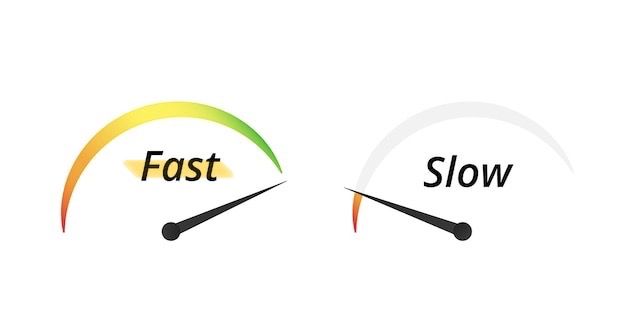Decision-Making: Too Fast

| Last time, it was our tendency to procrastinate, fearful of making the wrong choice. This time, David Presswell considers the opposite. Are you someone who takes decisions too fast? Daniel Kahneman won a Nobel Prize in Economics for pointing out that we humans are not the rational thinkers and calculators of decisions we assumed ourselves to be. In his famous 2011 book, Thinking, Fast and Slow, he described the extent to which we are influenced by mental shortcuts and biases, even when these can be shown to be fundamentally false or irrational. We fear loss far more than we appreciate potential gain (‘loss aversion’), we are overly influenced by an initial number or idea (‘anchoring’), and our grasp of probability is massively ill-informed as we confuse frequency with likelihood (‘the base rate fallacy’). Bringing these distorting patterns to consciousness and slowing down can be a helpful counter-measure, yet we all remain subject to them to a greater or lesser extent. The one I most often see play out amongst those I coach is when decision-making is driven less by an assessment of the risk itself and more by a powerful compulsion to make ‘uncertainty’ go away. A fear of ambiguity may drive some into analysis paralysis, but it can just as often lead others to rashness and to taking a decision too fast. One of the key skills I have seen in those more adept at making decisions is to ask themselves an initial question: quite simply, how long do I have before (what Jim Collins of Good to Great termed) ‘the risk profile’, changes? For example, if you are in a burning building, the risk profile is likely to change – for the worse – very quickly indeed and a decision, any decision, becomes urgent. In other situations, there may be opportunities lost, but also more subtle ways in which it can change. For instance, with factors like time wasted, the lessening of energy available or a potential damage to relationships. But just as often, the risk profile remains constant, and the best decision-makers consciously use that time window to make the best decision possible. And they do so by managing their own fear of ambiguity. They insert a pause. They don’t need to make a decision, but neither do they need to avoid one. Consciously recognising that a fear of ambiguity may be driving your decision-making process is a powerful first step to improving your ability to take them. Even when an individual themselves can handle uncertainty, the organisation around them can exert contrary pressures. This is particularly evident with big projects where the need to demonstrate that things are happening – ‘spades are in the ground’ – can drive to extremely poor outcomes. In his 2023 book How Big Things Get Done, Bent Flyvbjerg, a Danish professor and expert in the management of mega-projects, spells out how regularly this is the case. In a database he compiled of 16,000 projects from 20-plus different fields in 136 countries, a picture emerged of just 8.5% of projects being completed in cost and on time, and a minuscule 0.5% hitting cost, time and benefits parameters. In other words, 99.5% of mega-projects can be defined as meeting some combination of over-budget, over-schedule or failing to deliver on promised benefits. What Flyvbjerg sees these all having in common is a pattern he terms ‘the Iron Law of Megaprojects’ – ‘Think Fast, Act Slow’. The ‘think fast’ is important here, with less time given to a full appreciation of all the facts and possible problems; but so too is the ‘act slow’ because what it amplifies is unpredictability of ‘events’. The longer the window for action stays open, the more likely that people will become ill or leave, other people will take charge, budgets and priorities will change. Inevitably, real-world happenings will intrude. HS2 is just the most recent of many notorious examples, one which has been plagued by many events, including changes in government. By contrast, a textbook example of the opposite was the building of the Empire State Building in 1931. Before construction started, the architects knew how many blocks of limestone would be needed and in what shapes and sizes, down to how many rivets and bolts would be required. Before there were any spades in the ground, the tower was finished on paper. At the height of the construction phase, they were building a storey a day. The building was finished several weeks before the opening ceremony and at a cost 20% below budget. This is not say that aiming for a ‘perfect plan’ is always the right approach. ‘Agile’ makes a persuasive case for getting going with a ‘minimal viable product’ followed by a constant process of experimentation, learning and iteration, and it has proved massively influential in the world of software development in particular. But it is not always appropriate, and certainly not when regulatory or safety-critical projects require strict documentation and approvals. And, even when it is, the process of making a decision outlined above remains relevant – establishing the risk profile, taking the time available, then acting fast – whilst it is our personal ability to sit with ambiguity that gives us the emotional flexibility to do so. |
- Coaching
- Consulting
- Uncategorised

